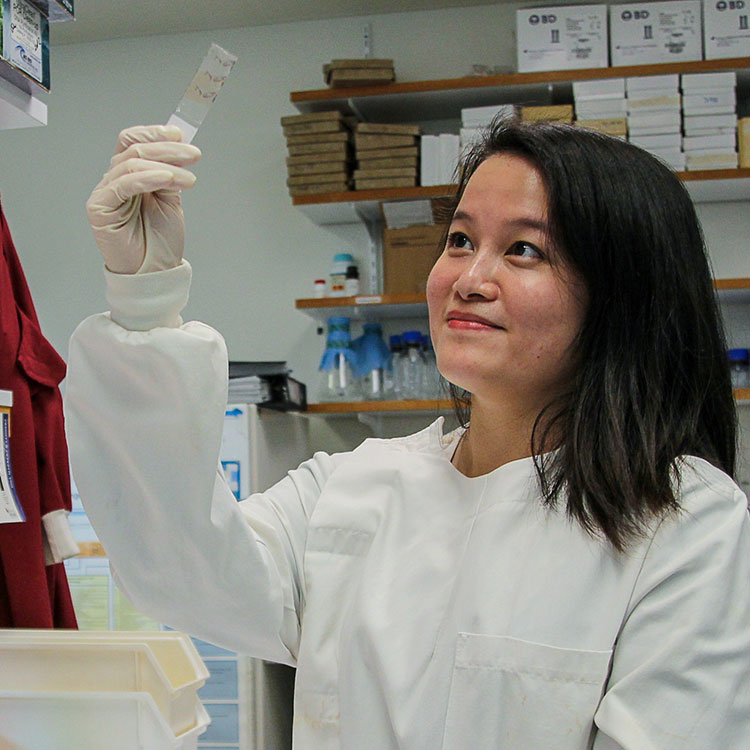Search
News & Events
Investigational vaccine for WA's meningococcal threatPerth researchers have begun a clinical trial of an investigational Meningococcal B vaccine against the most common form of meningococcal disease in W.A.
News & Events
Potential new vaccine for WA's meningococcal threatPerth researchers are trialling a Meningococcal B vaccine that could potentially provide protection
News & Events
Beating the flu bugPerth children are being asked to volunteer for an important national study to test the effectiveness of an influenza vaccine in children.

News & Events
State Government boost for The Kids researchThe Kids Research Institute Australia researchers have been awarded five of eight State Government awards designed to help cover the hidden costs of conducting research.

News & Events
Premature babies at greater risk of childhood infectionNew research has found children who are born even slightly premature or underweight are more likely to be hospitalised with an infection during their childhood

News & Events
The Kids researchers lead national trial to fight sepsis in premature infantsThe Kids Research Institute Australia researchers will lead a new national clinical trial (COSI-2) to determine whether topical coconut oil can reduce late onset sepsis in extremely preterm infants.
Research
Acute Rheumatic Fever and Chronic Rheumatic DiseaseThis chapter describes the epidemiology, pathogenesis, clinical manifestations, diagnostic criteria, and management principles of acute rheumatic fever.
Research
Polymorphisms in key innate immune genes and their effects on measles vaccine responses and vaccine failure in children from MozambiqueDespite an effective vaccine, measles remains a major health problem globally, particularly in developing countries. More than 30% of children show primary...
Research
Prevalence of and risk factors for human rhinovirus infection in healthy aboriginal and non-aboriginal western australian childrenHuman rhinovirus (HRV) species C (HRV-C) have been associated with frequent and severe acute lower respiratory infections and asthma in hospitalized children.
Research
Reduction in disparity for pneumonia hospitalisations between Australian indigenous and non-Indigenous childrenIn the 1990s pneumonia hospitalisation rates in Western Australia (WA) were 13 times higher in Indigenous children than in non-Indigenous children...
